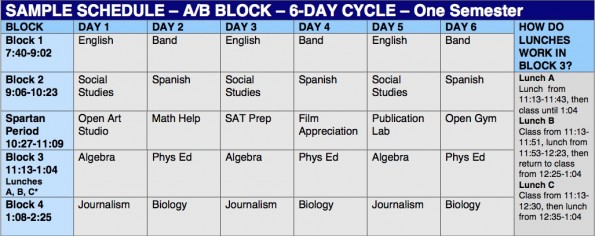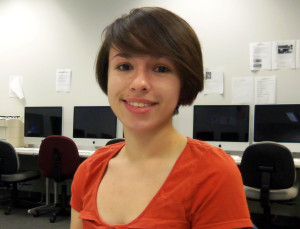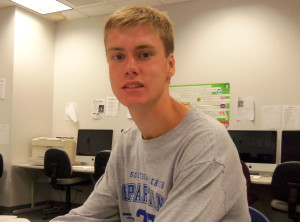This fall, Southern Lehigh students and teachers are adjusting to the implementation of a new schedule, after a long process in which school district officials determined that the switch from a traditional to a block schedule would effectively help to prepare students for the future.
Statistically, it appears that block scheduling has contributed to several significant improvements. In comparison with last year, there has been a 20 percent increase in full schedules among students, a 50 percent decrease in discipline referrals, and a 30 percent drop in tardiness.
Feedback from staff and students has also been fairly positive.
“I, honestly, have heard no negatives,” high school principal Mrs. Christine Siegfried said.
Students seem to agree with Mrs. Siegfried on the implementation of this new schedule.
“I liked things from both schedules,” senior Rachael Christman said, “but I guess this one is best because the classes don’t really seem all that longer and I like not having the classes I don’t like everyday.”
Students feel the new schedule helps them be ready for each day’s work as well as college.
“The block scheduling allows for more homework time because you now have two days to complete it rather than just one,” junior Noah White said. “It also helps prepare us for college because it’s similar to how college is laid out.”
The decision to change the schedule started in 2011 when the school board commissioned a committee of teachers and administrators to discuss how to make our schedule more flexible and efficient.
This committee met with Dr. Michael Rettig, an outside professional in designing schedules, and reviewed other schools’ schedule structures until they devised our current schedule.
“The committee started with the ‘end in mind,’” district superintendent Mrs. Leah Christman said. “The focus was on what research says about how students learn best, what 21st century skills all students need for success, and what kind of schedule would best facilitate that learning.”
One of the main focuses was to create an engaging environment for the core academics while still promoting related arts and electives. Teachers also wanted more time to work with students personally and to be able to do more in-depth, hands-on lessons. The old schedule was also very hard to work with, making it difficult to give students all the courses they wanted.
“We outlined priorities of what we wanted to change,” Mrs. Siegfried said.
The new system is also rather dynamic. The addition of the Spartan Period, a forty-minute period in the middle of the day’s schedule, put a break in the day for students and provides a variety of options, with 390 offerings ranging from directed study to enrichment activities.
While the students and teachers seem to be adjusting well, administrators will not know if block scheduling is a true success until it is up and running for a few years and statistics can be gathered and compared to the prior schedule.
“As with any new initiative, you roll out; what might work for five years might not work for ten years,” Mrs. Siegfried said.





